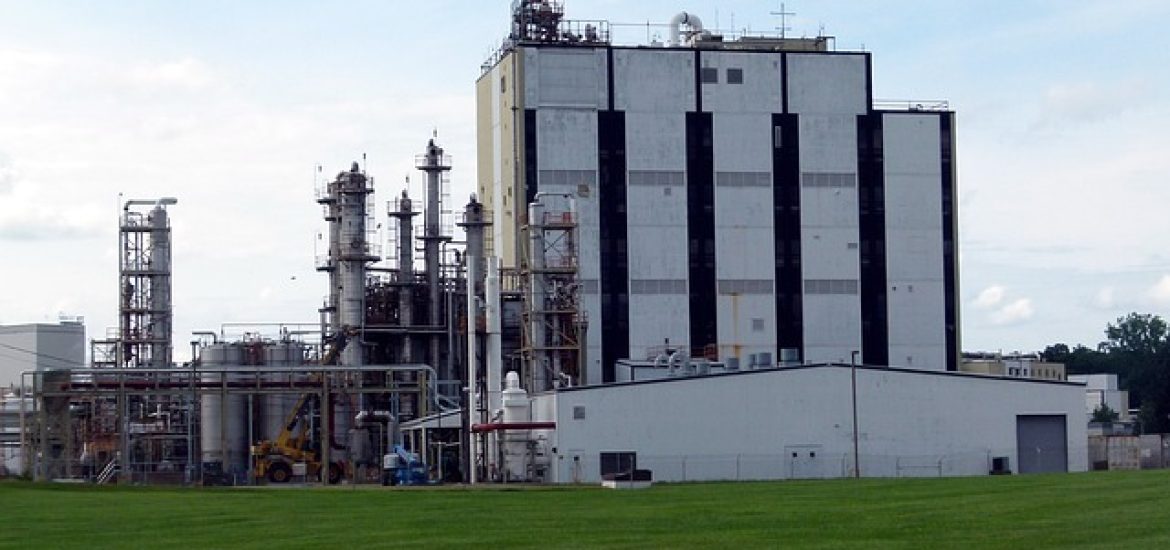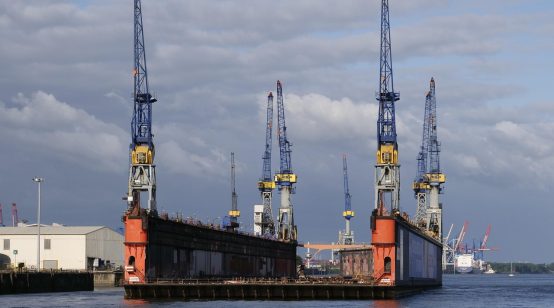
The Trump administration’s recent decisions to cut key programs aimed at supporting the manufacturing industry are causing concern, especially in areas like Vice President JD Vance’s hometown in Ohio’s Rust Belt. These cuts threaten to undo efforts that were designed to modernize critical industries, including the steel sector, which has long been a cornerstone of the region’s economy.
A significant grant from the Biden administration, valued at $500 million, was allocated to Cleveland-Cliffs, a major steel company based in Middletown, Ohio. This funding was intended to help the company upgrade its aging blast furnaces to more climate-friendly technologies, such as those powered by hydrogen, natural gas, and electricity instead of coal. These upgrades were expected to extend the plant’s lifespan while positioning Cleveland-Cliffs for the future by making operations more sustainable. Along with this, another $75 million was set aside for a similar project in Pennsylvania. The upgrades would not only modernize the company’s infrastructure but also create over 100 permanent jobs and about 1,200 construction jobs in Middletown alone.
However, these grants are now at risk under the Trump administration’s proposed budget cuts. According to internal administration documents, these funding programs are being reviewed, with a significant portion potentially being slashed. The Department of Government Efficiency, led by individuals with ties to billionaire entrepreneurs like Elon Musk, has been instrumental in reviewing which programs to cut, sparking frustration from those who see this as a move that could harm American manufacturing.
A statement from Rep. Marcy Kaptur of Ohio expressed opposition to the cuts, highlighting the fact that many of these grants were geared toward vital industries in regions that have been struggling with economic decline. Meanwhile, an Energy Department spokesperson confirmed that no final decisions have been made about the cuts, though a large-scale review is ongoing. The department has frozen billions in grant funding allocated under the Biden administration while it evaluates which programs to retain and which to eliminate. This includes the $6.3 billion program that supported companies like Cleveland-Cliffs in modernizing their equipment.
Experts warn that such cuts could severely undermine the manufacturing sector, especially as the global economy continues to feel the impact of Trump’s tariff policies. Initially, Trump’s tariffs were seen as a boon for domestic manufacturing, but the current economic environment—marked by trade tensions and supply chain disruptions—has created new challenges for industries already struggling.
While some projects, like a $500 million grant for Century Aluminum to build a new smelter, have been spared from cuts, the decision to target other significant initiatives is baffling to many stakeholders. One industry insider noted that eliminating a major grant for Cleveland-Cliffs, a key player in the industry, seems counterproductive, particularly given the company’s support for Trump’s tariffs.
Union leaders also expressed concern about the potential loss of funding. Shawn Coffey, president of the union representing Cleveland-Cliffs workers in Middletown, emphasized the importance of the grant, noting that it would help secure jobs and improve the environmental impact of the plant. Without this funding, Coffey warned that the company might decide not to proceed with the upgrades, potentially resulting in the loss of 170 jobs over the next five years.
The decision to freeze or cut funding for these projects has led to confusion and frustration among industry advocates. Many argue that such investments are crucial for the future of American manufacturing and economic competitiveness. As Sameera Fazili, former deputy director of the National Economic Council under President Biden, explained, cutting these programs undermines efforts to strengthen U.S. industries. She stressed that strategic investments are necessary to ensure the long-term viability of essential sectors like steel, cement, and aluminum.
In sum, while the Trump administration’s agenda may align with some aspects of the manufacturing sector’s goals, the proposed cuts to critical modernization programs could have far-reaching consequences for American industry, jobs, and the future of the U.S. economy.





